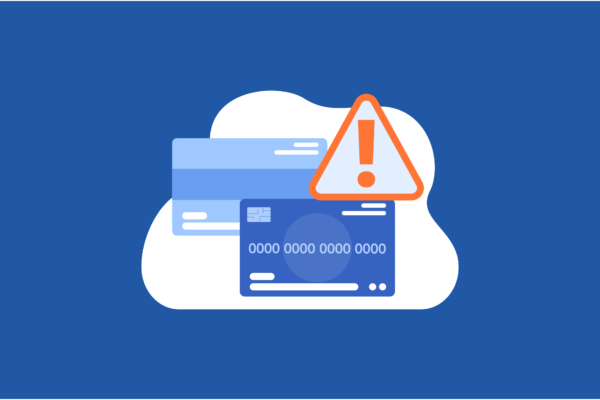Editors Note: This post was originally published in July 2017 and has been revamped and updated for accuracy and comprehensiveness.
In 2018 alone, prime interest rates changed 4 times. Two of those changes occurred within the last six months, which not only translates to higher interest rates for consumers, but also has a direct impact on compliance surrounding credit card marketing and disclosures.
With the introduction of Obama’s Credit Card Accountability, Responsibility and Disclosure Act (or CreditCard Act) in 2009, liability fell on the issuers to ensure appropriate disclosures were in place. This directly impacted how credit cards were marketed, advertised and managed. The CreditCard Act aimed to protect consumers from a multitude of fine print details, which ranged from higher interest rates to penalties for late payments – while increasing the burden of compliance and liability for the credit card issuers and lenders.
So how can you stay compliant in this era of ever-changing prime rates? Here are the four steps you need to know:
- Communicate – The first step to ensuring compliance for any regulatory change is to determine an effective date for marketing content to be updated by all partners and affiliates. It’s crucial to communicate clear and concise guidelines to partners regarding what language needs updating, and when. Additionally, allot ample time for these changes to be made accurately and effectively.
- Pick the Right Partners – The responsibility of effective implementation is shared between credit card issuers and the marketing partners they work with. Picking partners that share the same passion and commitment to compliance will ensure that the language in disclosures is accurate and goes into effect in a timely manner.
- Monitor – Once changes have been made and revised marketing content is pushed out, credit card issuers should have measures in place to monitor and check the accuracy of these marketing materials. Compliance tools, like the PerformLine platform, can monitor hundreds of thousands of pages on a daily basis to spot any variation of approved content so that corrective measures can be taken immediately. Any and all audit trails should be maintained to track the steps taken to fix any inaccuracies discovered within the marketing content.
- Repeat – Unfortunately, it doesn’t end here. There should be an ongoing practice to update and monitor partner behavior to ensure continuous compliance in the always changing regulatory landscape.




